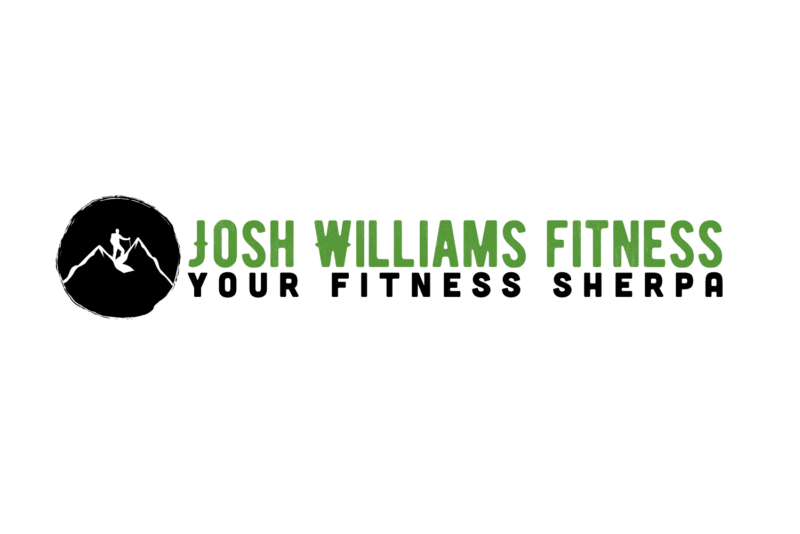
A few weeks ago I looked at four life lessons I learned in 2019. Today I want to talk about the training side and the five big takeaways from the year that was 2019.
4 Training Takeaways From 2019
I Don’t Train Powerlifters
When I got into lifting back in the early 2000s, powerlifting was where you turned if you wanted to learn about lifting. I remember watching strongman competitions on ESPN and reading blogs written by people who were heavily influenced by powerlifting.
In the mid-2000s there was a change from powerlifting to functional movement, which meant a lot of things and was very catch-all terminology. If there was a symbol of functional training, it had to be the BOSU Ball. What was it good for? Clearly, everything and, at the same time, nothing.
Functional training became a gimmicky selling point where anything and everything was functional — balancing on one leg while juggling Burmese pythons. That’s functional; it could happen in real life, why not train for it.
I don’t train many powerlifters, but I do train a lot of people that lift heavy. I don’t train people for gimmicky entertainment, but I do train people for the challenges of life.
Life does not require you to lift 2x your body weight, but you should be able to lift 50lbs from the ground or carry 25lbs in one hand and be able to get up off the ground. That’s just life, and if you can’t move, you are restricting, in a way, your ability to live.
When I look to train people, I look to train their movements, not their max lifts. I love Deadlifts, Squats, and Bench, but I also love me some Bear Crawls, Get Ups, and rotational work, too.
Put A Premium On Recovery
When it comes to recovery, I find people live on the edges. What I mean is you either think you are too old and go easy all the time or you forget you are not in high school and think you can go go go all the time with no ill effects.
If you work 40 plus hours a week at your job, don’t get eight hours of sleep each night, don’t know what macronutrients are, and have kids, then there is no reason you should be going hard three or more times a week in the gym.
There will be a few outcomes:
- Injury
- Lose of results (plateau)
- Burnout
- Become a miserable person to be around
What is recovery?
Recovery is anything that decreases stress — petting a dog, floating, massage, meditation, and so on.
What most people’s training week should look like:
Development Day: 1 of your workouts feeling like an 8-9 out of 10 in effort. The weight is heavy, or the volume is high. You will feel sore and tired after this. If your nutrition and sleep are on point, you could add a second day.
Stimulation Day: 1-2 days of your workouts with effort at 6-7 out of 10. You will feel slightly tired afterward.
Recovery Day: 1-2 days of your workouts feeling like <5 out of 10 in effort. These workouts should leave you feeling energized.
Following this weekly rhythm will allow you to recover, which will lead to consistent long-term results.
Cardiovascular Matters
There was a study that came out showing that endurance athletes on average live 4.5 years longer than other athletes (football, baseball, basketball). If you can get anything from this it should be that having a well-conditioned cardiovascular system is an essential piece to a long, healthy life.
To help your cardiovascular health, you should add 15-20 minutes of some form of moderate to low-intensity cardio two times a week.
Ideas:
- Walk
- Hike
- Bike
- Swim
- Interval training
If your goal is to live a healthy life, start adding in some cardio during the week.
Listen To Your Body
The older you get, the more critical it is to listen to your body. What pains or aches do you have this morning? How does this movement feel today? What are your energy levels?
As we age, a lot of us still have that athlete’s mentality of pushing through. If my elbow hurts, I’ll push through and it will eventually get better.
If you are going to have an athlete mentality, make sure you also have all the resources an athlete has: icing, athletic trainers, physical therapists, massage therapists, a paycheck that relies on you pushing through, time to sleep, nutrition, and being between the ages of 12-35.
You can still get stronger legs while working around a cranky knee. You can always work your back while giving up Pull-Ups to save your elbows.
I used to love doing heavy Deadlifts, but my back does not tolerate them as well as it used to. I still love Deadlifts. I have found over the years that my back does better with Single Leg Deadlifts. Listening to my body has saved me from dealing with unnecessary pain and discomfort while still progressing my overall strength.
There you have it, my four thoughts on training from the year that was 2019 — happy training in 2020.
Your Fitness Sherpa,










Pingback: 3 Truths About Bodyweight Exercise - Josh Williams Fitness
Pingback: 30 Days Of Getting Back On Track: Day 10 Recovery Days - Josh Williams Fitness